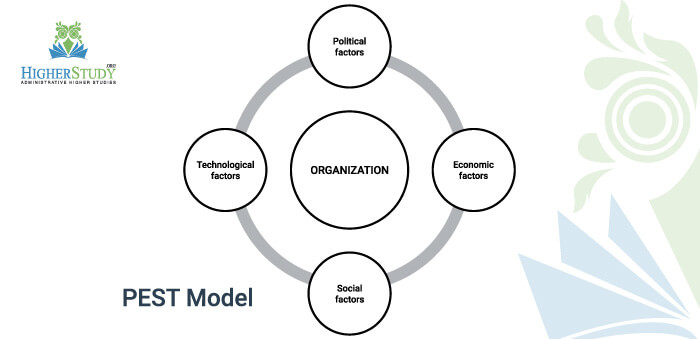New Public Management (NPM): Best 10 Principles & 7 Features
New Public Management is a full extension of NPM. New Public Management or NPM is an approach to running public service organizations. It uses in government and public service institutions and agencies. It also works at both national and sub-national levels. The term was first introduced by academics in the United Kingdom and Australia to explain approaches. These were developed in the period of the 1980s as part of an effort to make the public service more “businesslike.” And to improve its efficiency by using private sector management models. It reformers experimented with using decentralized service delivery models. It redesigns to give local agencies more freedom in how they delivered programs or services.
In some cases, NPM reforms used e-government full service or program to a central location to reduce costs. Some governments tried using quasi-market structures so that the public sector would have to compete against the private sector. Key melodies in New Public Management (NPM) were worth money, identifying, financial control, increasing efficiency, setting aims and continuance to keep an eye on performance handing over, and power to the senior management executives. The act was assessed with audits, measures, and work evaluations. Some NPM reforms used private-sector corporations to convey what were previously public services.
New Public Management Established:
From 1980 to 1990, a new theory adds in public administration that the name is New Public Management. And this is done through four steps or stages. However, many scholars refuse to accept these as steps, stages, or phases. Denying this, they said that NPM is basically established through four concepts or initiatives. Whatever you say. These four issues are pointed out below. These are-
- Weak Public Administration
- Important Administrative Reforms in the West
- Minnowbrook Conference II
- Reinventing Government
New Public Management Maker
The makers of New Public Management (NPM) are David Osborne, Gaebler, and Cristopher Hood, etc. through their famous book Reinventing Government – How the Entrepreneurial Spirit is Transforming the Public Sector. They had taken the management method in public administration.
Difference Names of NPM:
New Public Management was many names. Such as Managerialism, New Management methods, Market-Based Public Administration, Entrepreneurial Government, etc. But, New Public Management (NPM) and Managerialism are much lighted.
Principles of New Public Management (NPM):
This theory creates strategic management or a new dimension of the modern public administration paradigm in traditional public administration. Such as:-
- Firstly, the specific duty of the manager or administrator has been more significant.
- Creating flexibility and dynamics of organizational structure, staff, and job conditions.
- Spontaneously identified the organization and employee’s aims and purposes.
- It practices 3Es. For instance:-
- Economy
- Efficiency and
- Effectiveness
- Government actions should form market-oriented. Public administration is not only dealt with bureaucratic complexity but flexibility also.
- Government activities should be adequate.
- This theory is hugely impacted by achievement results and individually accountable for management or administrator.
- The framework of organization, employees, and their job conditions are laid on the line and motion-able.
- Organization and employee’s goal and the aim started.
- Lastly, this policy keeps far from bureaucratic instruction and complexity.
Features of New Public Management
Although there is not much difference between principle and feature, it is important to highlight the features of NPM separately for the convenience of discussion. That is why some of the features of the new public management are mentioned below. E.g.
- Empowerment of citizen
- Decentralization
- Reforming of government organization, institution, sector or group
- Goal-orientation
- Provides benefits to reduce costs and increase revenue
- Managerial Support services
- Ensure improved service to citizens
Conclusion:
However, New Public Management (NPM) is strategic management or a real authentic step or scheme in public administration. It is an upgrade and new version of the public administration paradigm for development.




Nice article and nice website. Helpful for me. Thank you for sharing